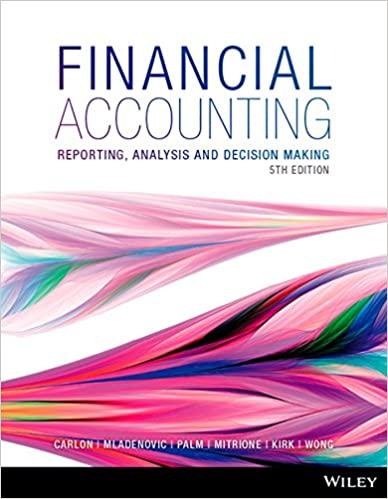


A property is expected to have NO/ of $100,000 the first year. The NO is expected to increase by 5 percent per year thereafter. The appraised value of the property is currently $1.25 million and the lender is willing to make a $1,125,000 participation loan with a contract interest rate of 5.5 percent. The loan will be amortized with monthly payments over a 20 -year term. In addition to the regular mortgage payments, the lender will receive 50 percent of the NO in excess of $100,000 each year until the loan is repaid. The lender also will receive 50 percent of any increase in the value of the property. The loan includes a substantial prepayment penalty for repayment before year 5 , and the balance of the loan is due in year 10 . (If the property has not been sold, the participation will be based on the appraised value of the property.) Assume that the appraiser would estimate the value in year 10 by dividing the NOI for year 11 by an 8 percent capitalization rate. Assume that another alternative is a convertible mortgage (instead of a participation loan) that gives the lender the option to convert the mortgage balance into a 60 percent equity position at the end of year 10 . That is, instead of receiving the payoff on the mortgage, the lender would own 60 percent of the property. The loan would be for $1,125,000 with a contract rate of 6.5 percent, and it would be amortized over 20 years. Assume that the borrower will default if the property value is less than the loan balance in year 10. Required: a. What is the lender's IRR if the property sells for the same price in year 10 as the previous example? b. What is the lender's IRR if the property sells for only $1,130,000 after 10 years? c. What is the lender's IRR if the property sells for only $625,000 after 10 years? Complete this question by entering your answers in the tabs below. What is the lender's IRR if the property sells for the same price in year 10 as the previous example? (Do not round intermediate calculations. Round your final answer to 2 decimal places.) What is the lender's IRR if the property sells for only $1,130,000 after 10 years? (Do not round intermediate calculations Round your final answer to 2 decimal places.) What is the lender's IRR if the property sells for only $625,000 after 10 years? (Do not round intermediate calculations. Round your final answer to 2 decimal places.) A property is expected to have NO/ of $100,000 the first year. The NO is expected to increase by 5 percent per year thereafter. The appraised value of the property is currently $1.25 million and the lender is willing to make a $1,125,000 participation loan with a contract interest rate of 5.5 percent. The loan will be amortized with monthly payments over a 20 -year term. In addition to the regular mortgage payments, the lender will receive 50 percent of the NO in excess of $100,000 each year until the loan is repaid. The lender also will receive 50 percent of any increase in the value of the property. The loan includes a substantial prepayment penalty for repayment before year 5 , and the balance of the loan is due in year 10 . (If the property has not been sold, the participation will be based on the appraised value of the property.) Assume that the appraiser would estimate the value in year 10 by dividing the NOI for year 11 by an 8 percent capitalization rate. Assume that another alternative is a convertible mortgage (instead of a participation loan) that gives the lender the option to convert the mortgage balance into a 60 percent equity position at the end of year 10 . That is, instead of receiving the payoff on the mortgage, the lender would own 60 percent of the property. The loan would be for $1,125,000 with a contract rate of 6.5 percent, and it would be amortized over 20 years. Assume that the borrower will default if the property value is less than the loan balance in year 10. Required: a. What is the lender's IRR if the property sells for the same price in year 10 as the previous example? b. What is the lender's IRR if the property sells for only $1,130,000 after 10 years? c. What is the lender's IRR if the property sells for only $625,000 after 10 years? Complete this question by entering your answers in the tabs below. What is the lender's IRR if the property sells for the same price in year 10 as the previous example? (Do not round intermediate calculations. Round your final answer to 2 decimal places.) What is the lender's IRR if the property sells for only $1,130,000 after 10 years? (Do not round intermediate calculations Round your final answer to 2 decimal places.) What is the lender's IRR if the property sells for only $625,000 after 10 years? (Do not round intermediate calculations. Round your final answer to 2 decimal places.)









